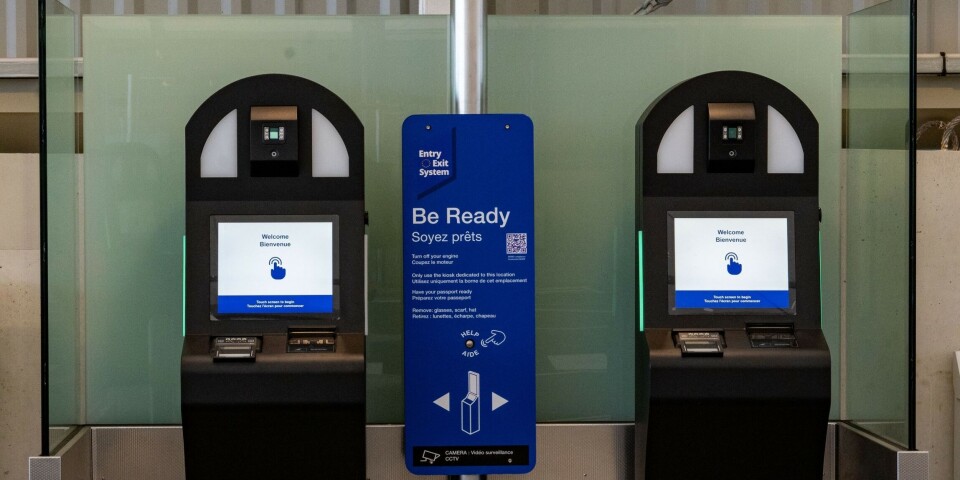-
GR, GRP, PR: What do the French hiking signs mean?
What are the coloured symbols on French hiking routes? Who paints them there and why?
-
Miss France: glam - but not sexy
Miss France organiser Geneviève de Fontenay fears she is fighting a losing battle to protect her 'Cinderella dream' from vulgarity
-
Normandy Landings visit for Queen
Queen Elizabeth has confirmed a state visit to France, ending rumours she is handing over duties to Charles
Misunderstanding of French pensions
I was surprised to read certain parts of Simon Heffer's article on pensions
I AM very interested in the question of the financing of pensions, and I was surprised to read certain parts of Simon Heffer’s article on the subject (Connexion, November).
He states that only 48 per cent of French people pay income tax, so the burden of funding pensions falls on a disproportionately small section of the productive population. However, pensions in France are not funded from income tax, but from social contributions instead.
As far as I understand it, in Britain a low state pension is funded by general taxes, while a proportion of the population contributes to super-annuation and company pension funds, which provide a complement on retirement.
The French system is more complicated. We have many different systems, most of them based on repartition (not capitalisation) and on contributions (not income tax). Only the pensions of state employees are paid (in full) by the state. Employees of our regions, departments and communes contribute together with their employers to a system similar to that of private-sector workers.
Self-employed professionals (doctors, lawyers, accountants, and so on) have the choice of contributing individually either to private pension funds or to the general system (régime général). In the latter case, they have to pay both the employer and the employee contributions.
This régime général is not simple. First of all, there is the CNAV (Caisse Nationale d’Assurance Vieillesse) pension. Both the worker and his employer contribute to the CNAV. This pension follows the cost of living index, which means that, after retirement, pensions increase more slowly than the wages. It is paid monthly.
Then there is a second part to the pensions: the retraite complémentaire, to which both workers and employers contribute. There are many complementary pension funds, depending on the sector of activity: textiles, mechanical industry, and so on.
They are administered by representatives of employers and of trade unions, and are not in deficit. This additional pension is calculated in points, the value of which increases every year more or less in line with the cost of living.
On retirement, the supplementary pension is based on the number of points acquired, and is paid every quarter.
While the income taxes collected by the state, together with VAT, business tax and so on, are used to pay state employee wages and pensions, they are not part of the financing of the CNAV or of the caisses complémentaires.
The CNAV deficit stems from unemployment and the lack of contribution on overtime by employers.
Henri PARATON
Irigny, Rhône






















